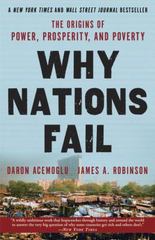Question
1. Suppose that under competitive conditions the market for talent can be represented by the following functions: Supply of Labor: P = 50 + 3Q
1. Suppose that under competitive conditions the market for talent can be represented by the following functions:
Supply of Labor: P = 50 + 3Q
Demand for Labor: P = 200 - 3Q
Find and graph the equilibrium price and quantity of labor in this competitive market.
2. Now suppose that through some mechanism, such as the reserve clause, there is monopsony power in the hiring of labor. Calculate and graph the new equilibrium price and quantity of labor in the market.
3. Players may respond to the monopsony conditions in part 2 by unionizing and gaining monopoly power over the selling of labor.If both monopoly and monopsony conditions exist (called a "bilateral monopoly"), what is the new equilibrium price and quantity of labor in the market? Graph.
4. We know that the final price and quantity in the bilateral monopoly will depend on the relative bargaining power of the two parties. Identify two factors - one that would move wages in favor of the players and another that would move wages in favor of owners. Briefly explain how these factors would work to move the wages.
Please Graph questions 1-3 along with solving!
Step by Step Solution
There are 3 Steps involved in it
Step: 1

Get Instant Access to Expert-Tailored Solutions
See step-by-step solutions with expert insights and AI powered tools for academic success
Step: 2

Step: 3

Ace Your Homework with AI
Get the answers you need in no time with our AI-driven, step-by-step assistance
Get Started


